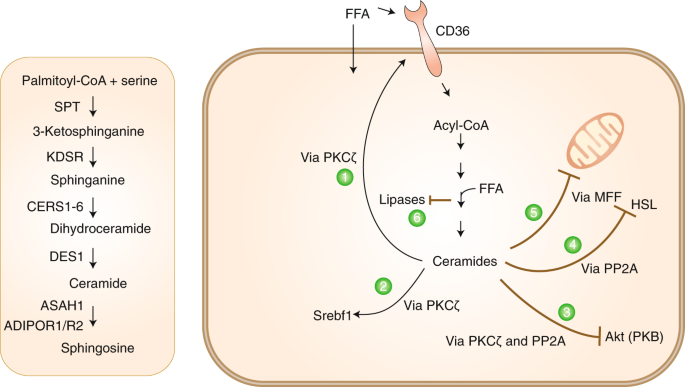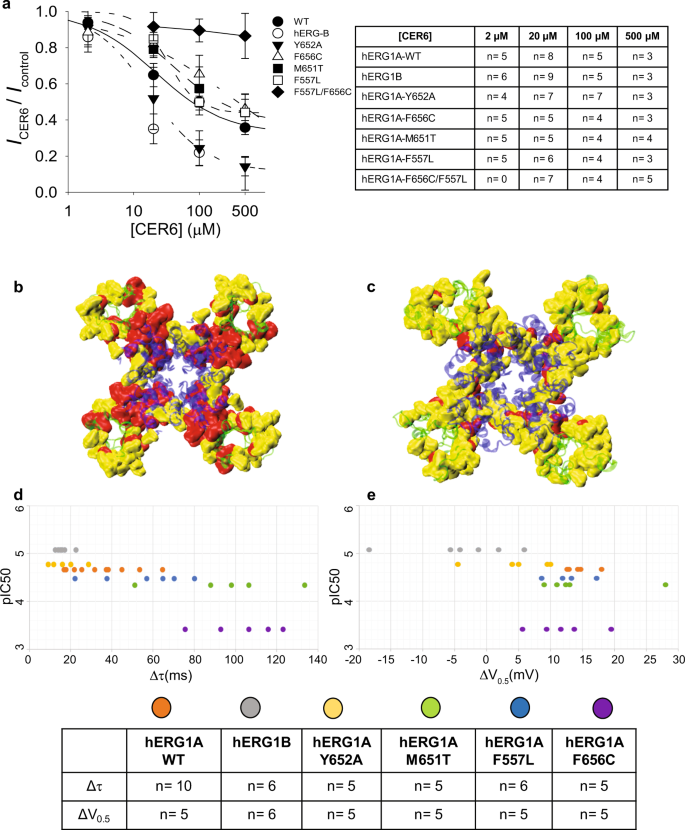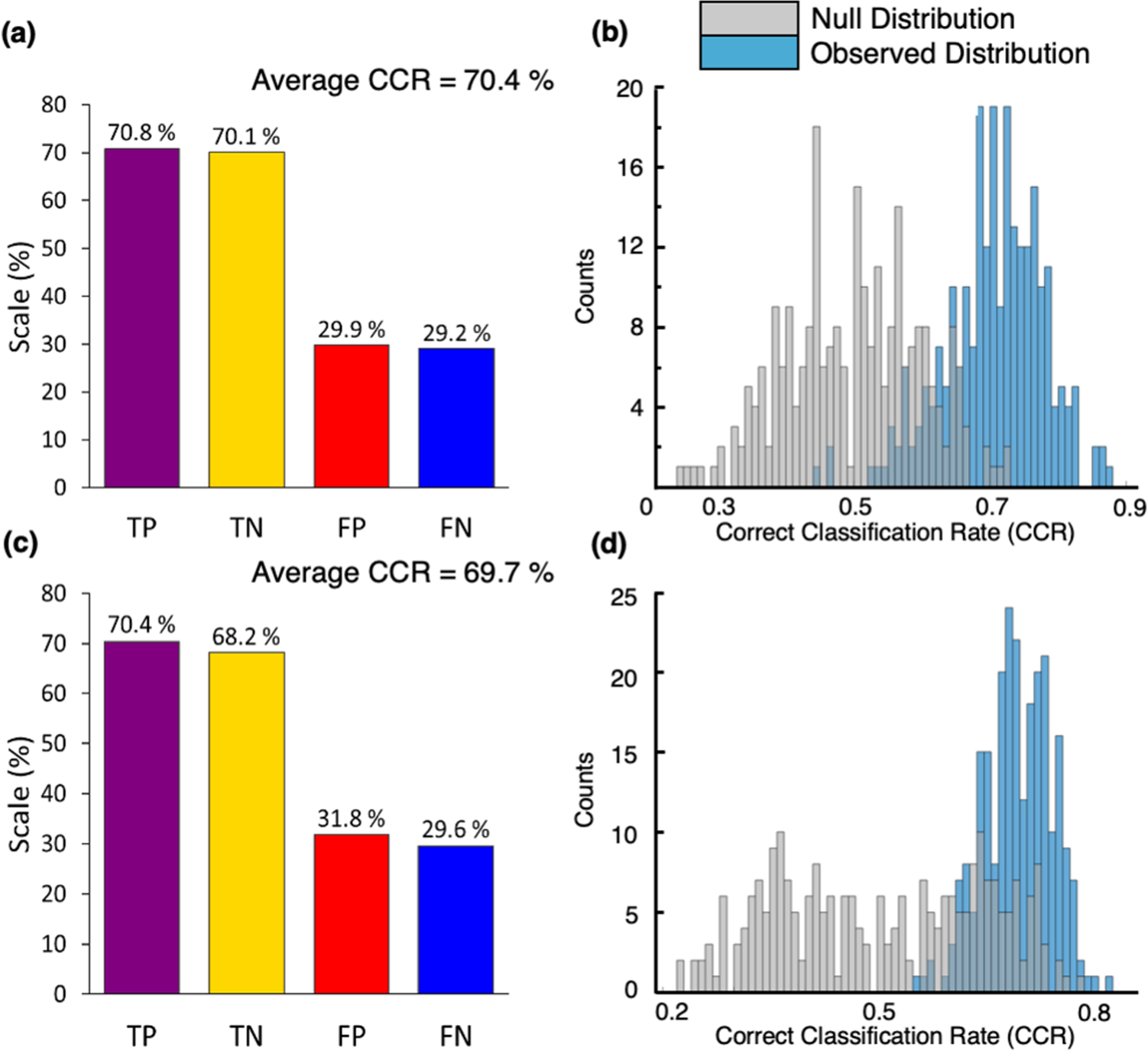
Sphingolipids produced by gut bacteria enter host metabolic pathways impacting ceramide levels | Nature Communications
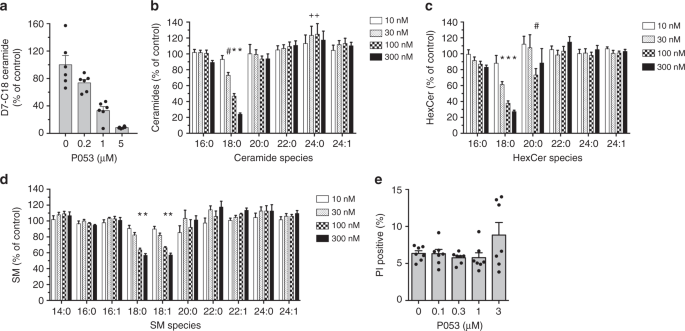
A selective inhibitor of ceramide synthase 1 reveals a novel role in fat metabolism | Nature Communications

A selective inhibitor of ceramide synthase 1 reveals a novel role in fat metabolism | Nature Communications
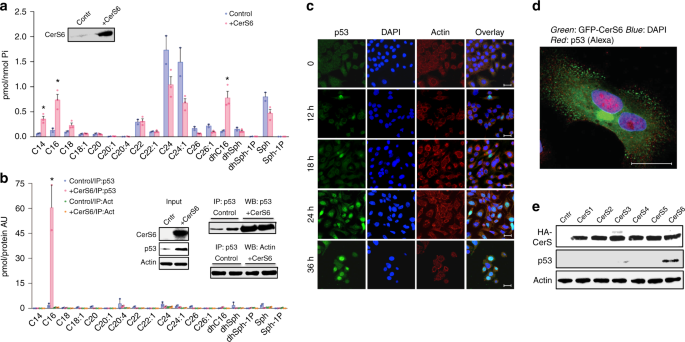
C16-ceramide is a natural regulatory ligand of p53 in cellular stress response | Nature Communications
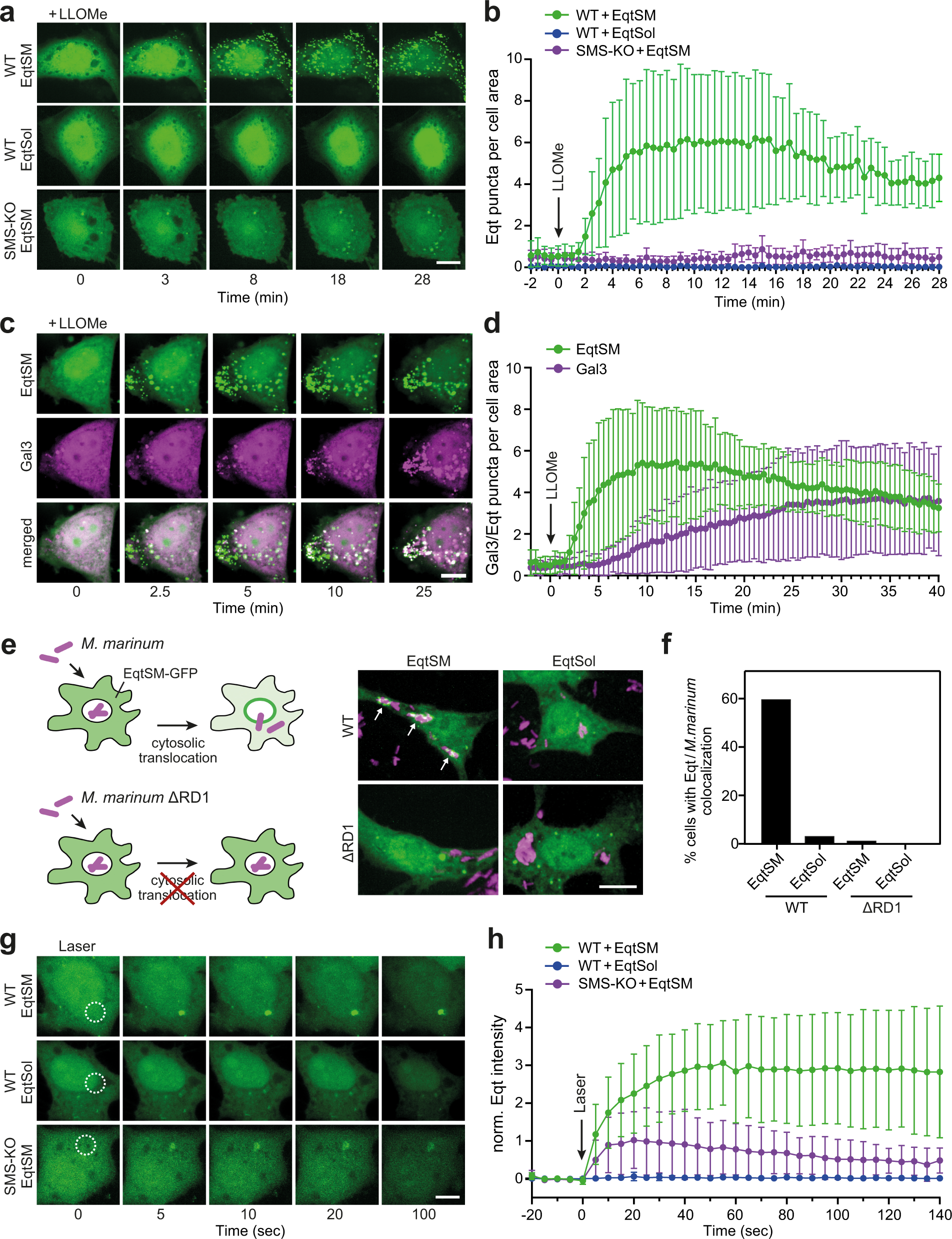
Ca2+-activated sphingomyelin scrambling and turnover mediate ESCRT-independent lysosomal repair | Nature Communications

Antibacterial activity of ceramide and ceramide analogs against pathogenic Neisseria | Scientific Reports

Ceramide structure dictates glycosphingolipid nanodomain assembly and function | Nature Communications
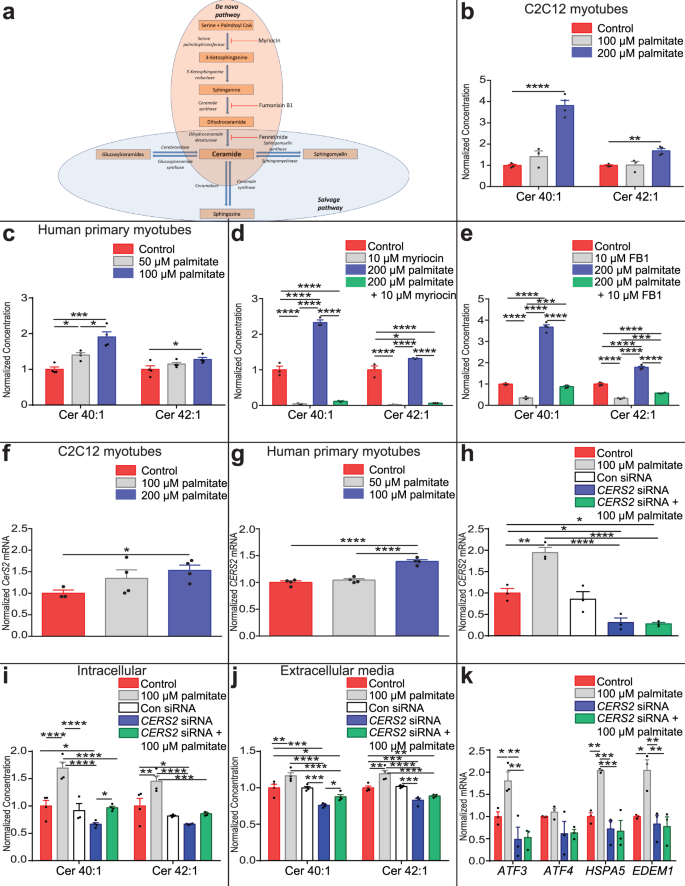
Long-chain ceramides are cell non-autonomous signals linking lipotoxicity to endoplasmic reticulum stress in skeletal muscle | Nature Communications
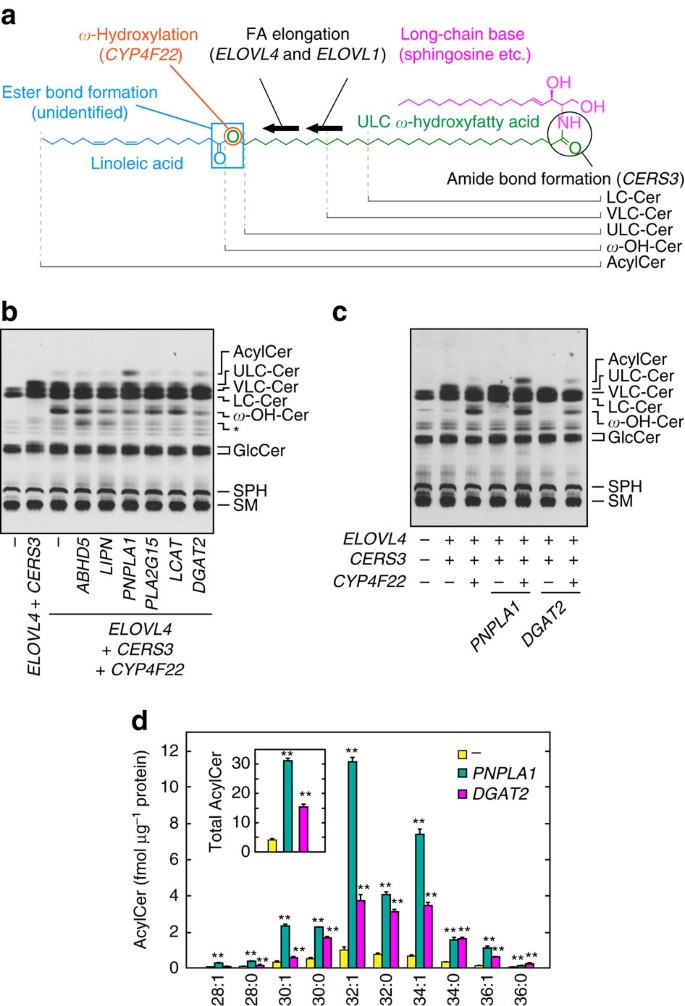
PNPLA1 is a transacylase essential for the generation of the skin barrier lipid ω-O-acylceramide | Nature Communications
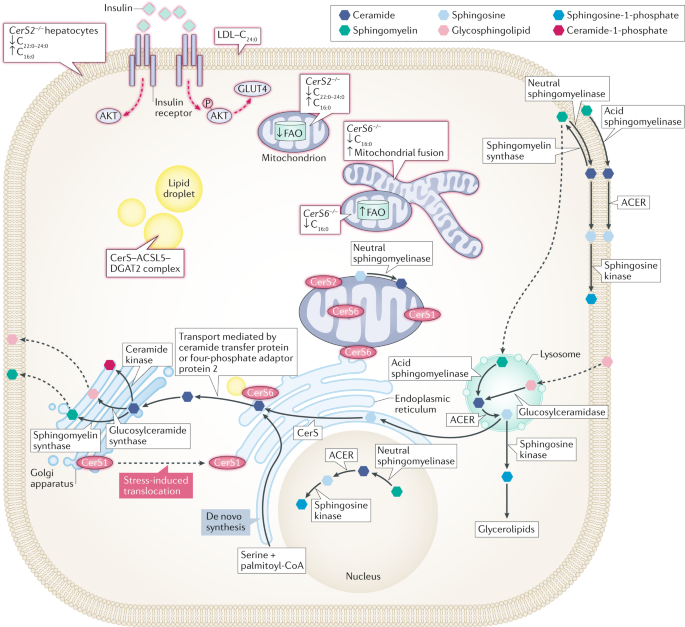
The role of ceramides in metabolic disorders: when size and localization matters | Nature Reviews Endocrinology
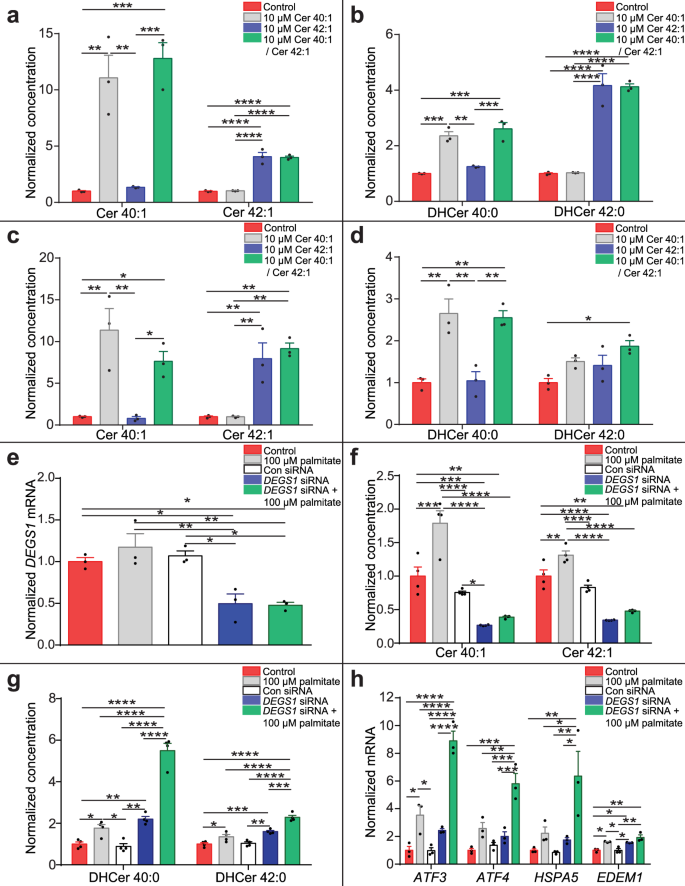
Long-chain ceramides are cell non-autonomous signals linking lipotoxicity to endoplasmic reticulum stress in skeletal muscle | Nature Communications
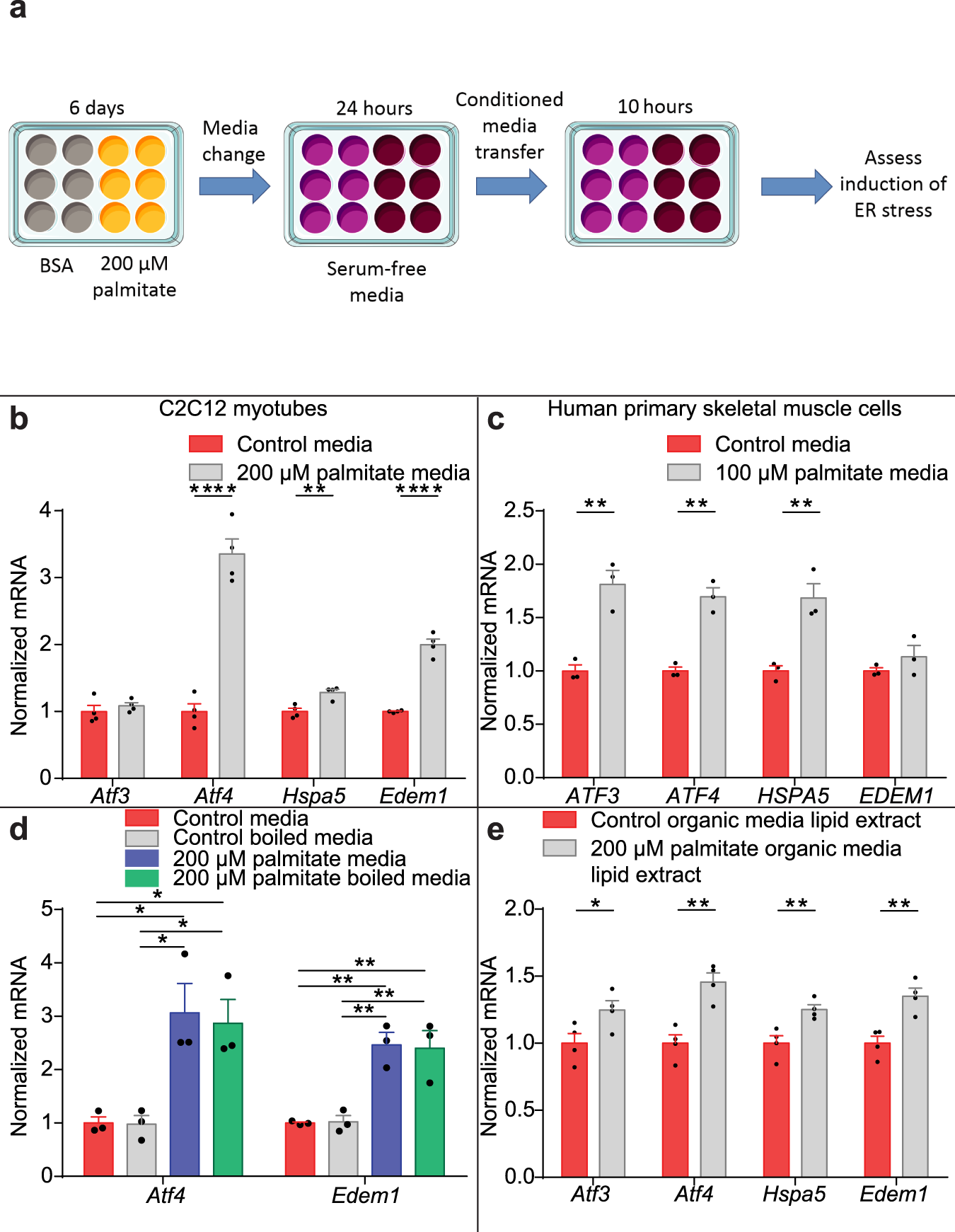
Long-chain ceramides are cell non-autonomous signals linking lipotoxicity to endoplasmic reticulum stress in skeletal muscle | Nature Communications
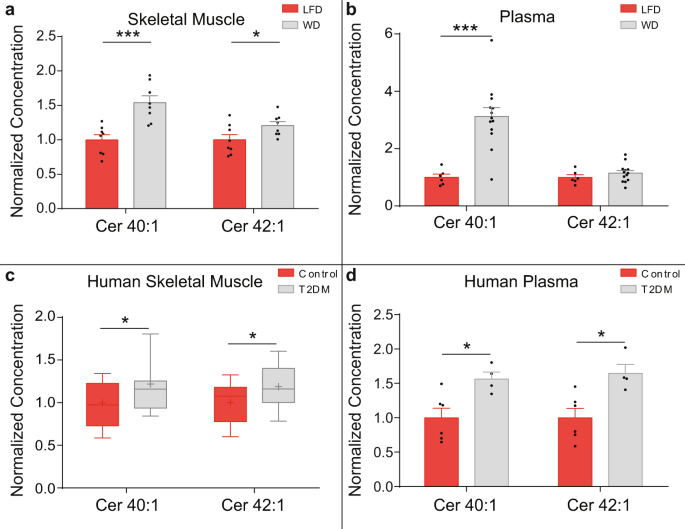
Long-chain ceramides are cell non-autonomous signals linking lipotoxicity to endoplasmic reticulum stress in skeletal muscle | Nature Communications
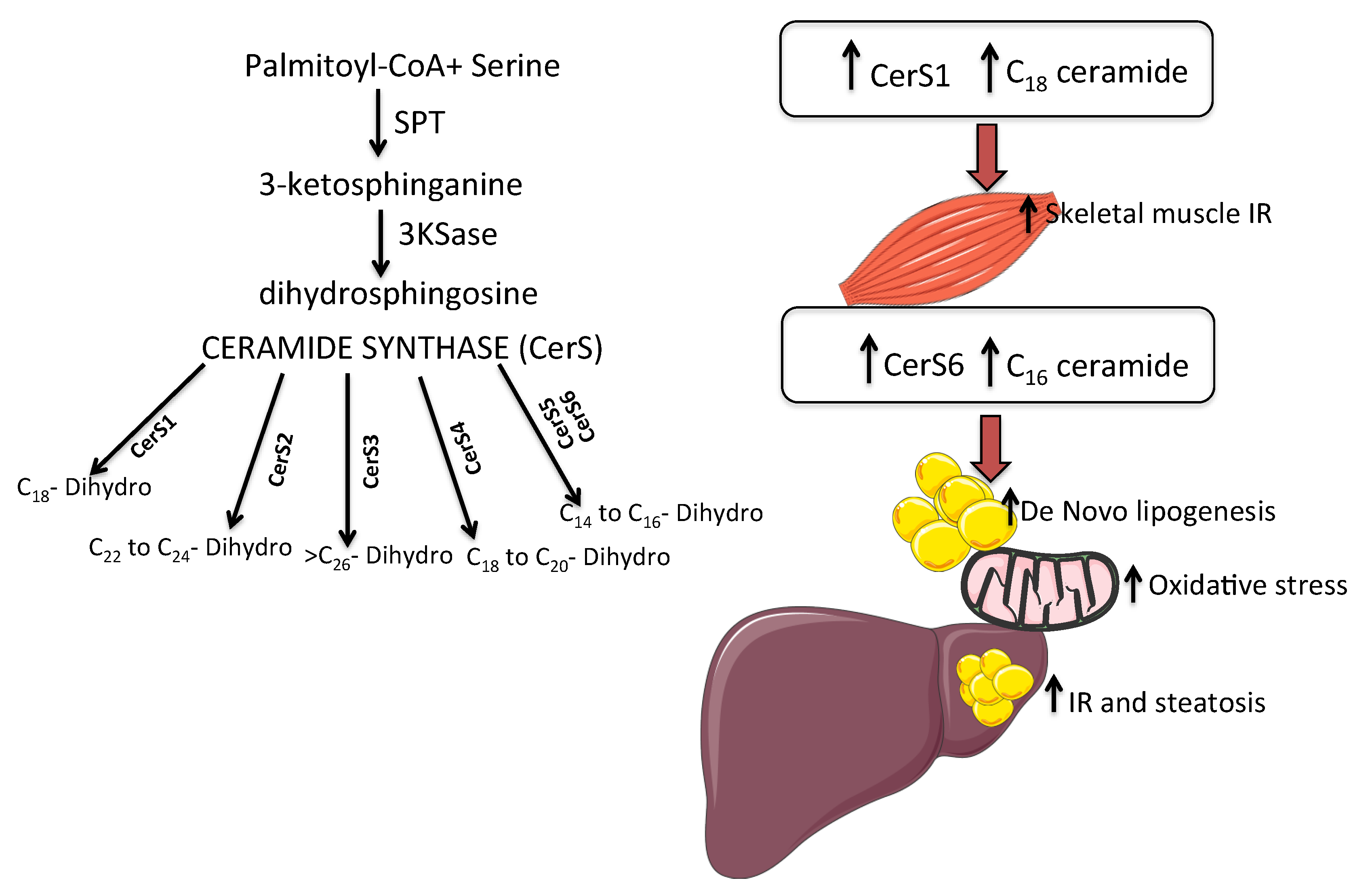
IJMS | Free Full-Text | Ceramides as Mediators of Oxidative Stress and Inflammation in Cardiometabolic Disease

Nature Communications on Twitter: "@QiaojieXiong show #microglia depletion results in unstable wakefulness & altered ceramide levels, influencing microglia in the mouse thalamic reticular nucleus (TRN). Stable wakefulness can be restored by activation
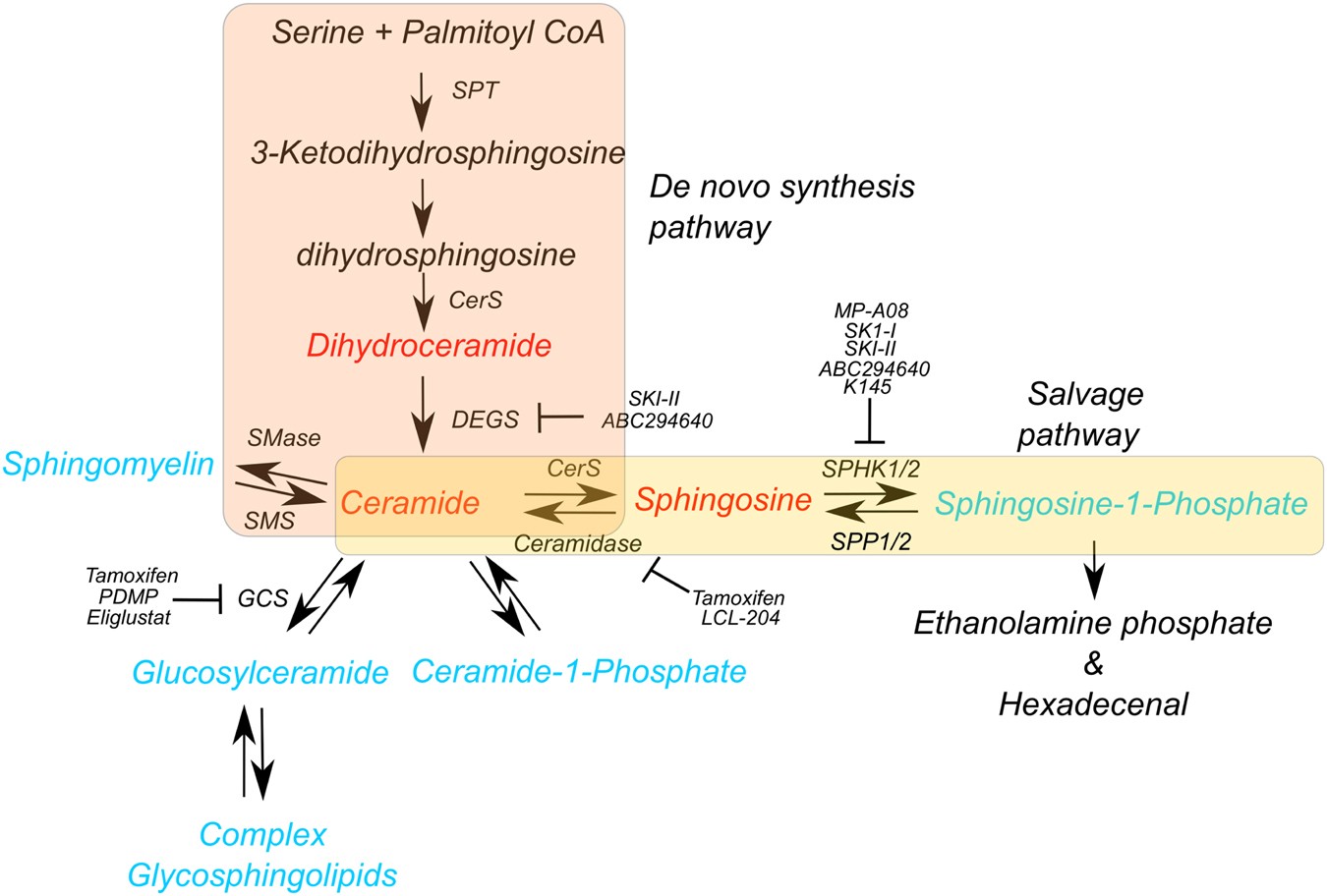
Targeting sphingolipid metabolism as an approach for combination therapies in haematological malignancies | Cell Death Discovery
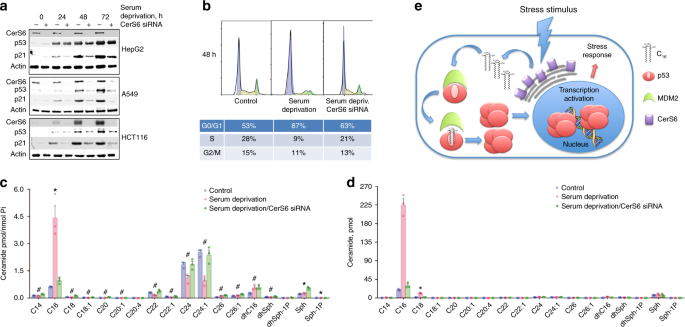
C16-ceramide is a natural regulatory ligand of p53 in cellular stress response | Nature Communications
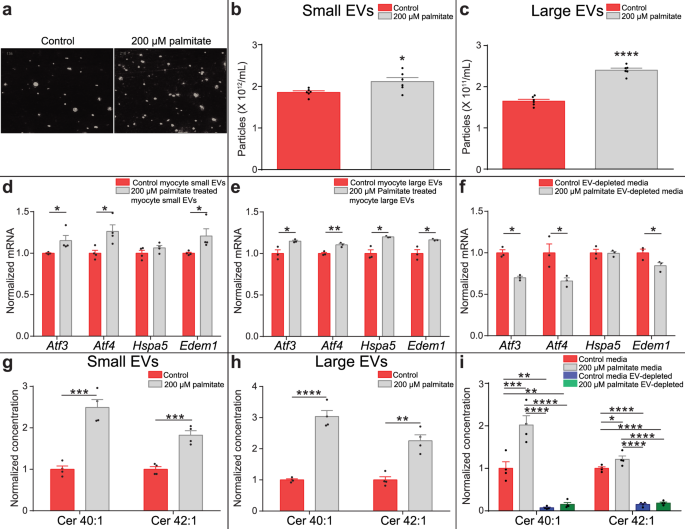
Long-chain ceramides are cell non-autonomous signals linking lipotoxicity to endoplasmic reticulum stress in skeletal muscle | Nature Communications


